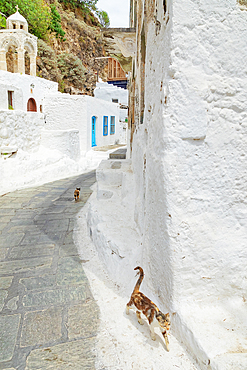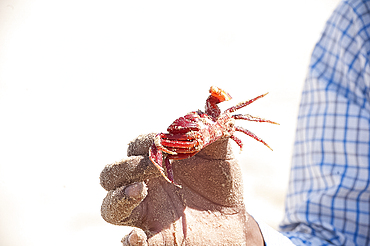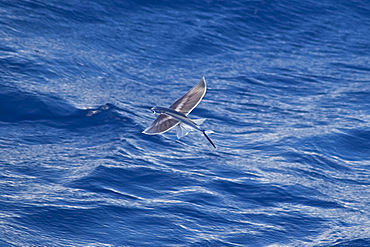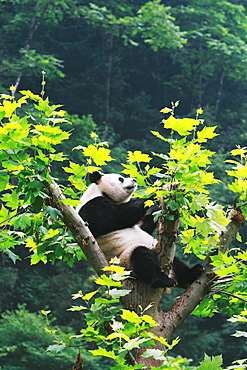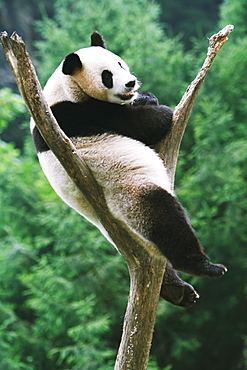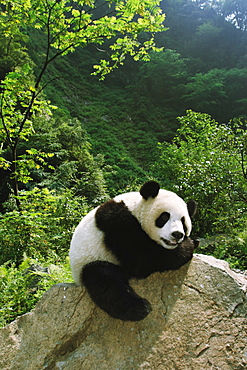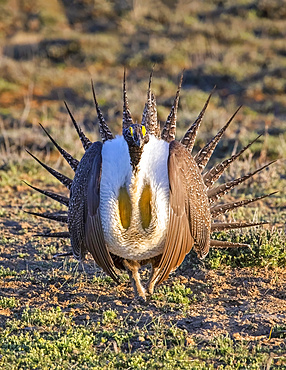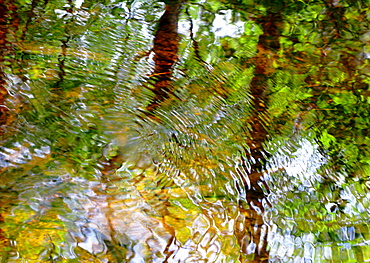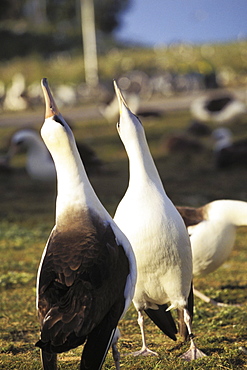Results
« Previous 1 … 3 4 5
408 results found
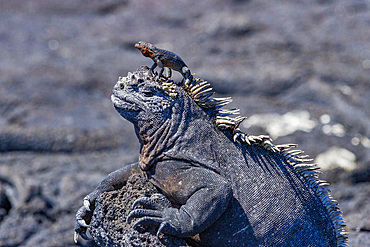
The endemic Galapagos marine iguana (Amblyrhynchus cristatus) with a lava lizard on top of its head, Galapagos, UNESCO World Heritage Site, Ecuador, South America

Boojum tree (Fouquieria columnaris), just outside Bahia de los Angeles, Baja California, Sea of Cortez, Mexico, North America
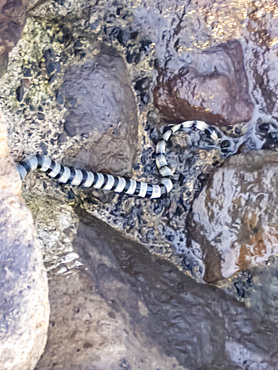
Adult yellow-lipped sea krait (Laticauda colubrina) snake, coming ashore at night on the Volivoli Resort grounds on Viti Levu, Fiji, South Pacific, Pacific
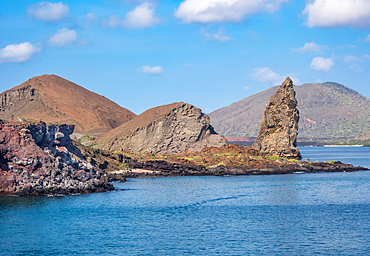
Pinnacle Rock, a volcanic plug on Bartolome Island, one of the most spectacular features of the Galapagos islands, UNESCO World Heritage Site, Ecuador, South America
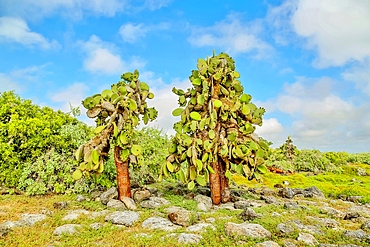
Opuntia (Prickly Pear) cacti on South Plaza island, Galapagos, UNESCO World Heritage Site, Ecuador, South America
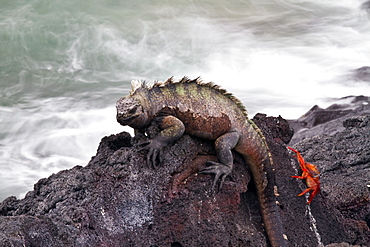
The endemic Galapagos marine iguana (Amblyrhynchus cristatus) in the Galapagos Island Archipelago, Ecuador
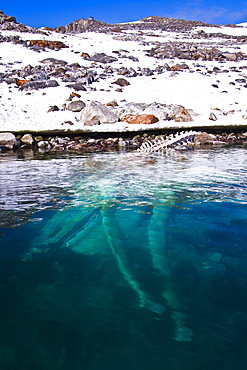
Adult fin whale (Balaenoptera physalus) carcass in Holmabukta off the northwest side of Spitsbergen in the Svalbard Archipelago, Norway
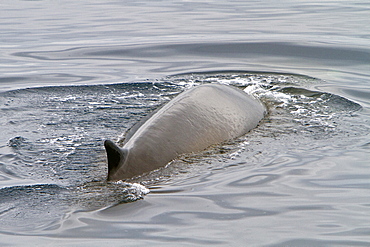
Adult fin whale (Balaenoptera physalus) sub-surface feeding in the rich waters off the continental shelf, Spitsbergen, Svalbard Archipelago, Norway
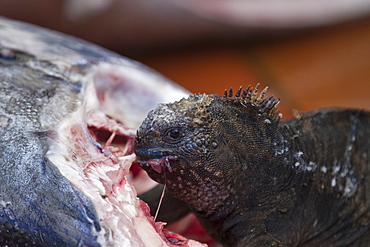
The endemic Galapagos marine iguana (Amblyrhynchus cristatus) feeding on fish at the Puerto Ayora fish market on Santa Cruz Island in the Galapagos Island Archipelago, Ecuador
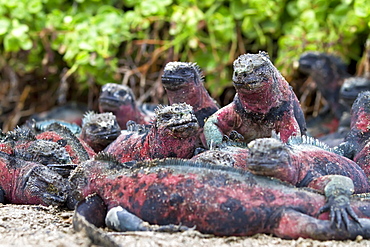
The endemic Galapagos marine iguana (Amblyrhynchus cristatus) on Espanola Island in the Galapagos Island Archipelago, Ecuador
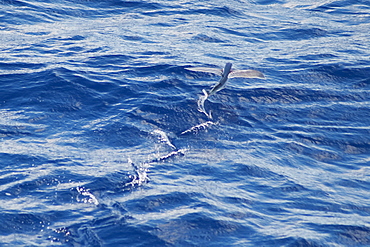
Flying Fish Species (scientific name unknown) rare unusual image, in mid-air. South Atlantic Ocean. MORE INFO: Note the trail on the surface of the water made by its tail.
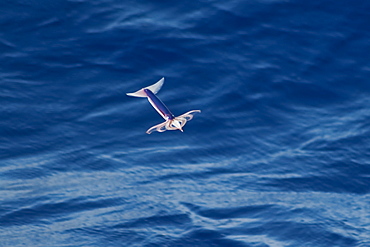
Flying Squid Species in mid-air (Ommastrephes bartramii). Extremely rare unusual image. South Atlantic Ocean. MORE INFO: Flying Squid use membranes between their tentacles (visible on pic) & two fins at the rear of the mantle to glide through the air in a similar way to flying fish. These unique adaptations allow them to avoid predation more easily. Ommastrephid squids are among the strongest swimmers in the Cephalopoda. A number of species are fished commercially. This particular species (Ommastrephes bartramii), is commonly known as "Neon Flying Squid" due to its colouration and its ability to glide over the ocean surface as seen in the photographs. Please note that this is a genuine image of a wild animal in its natural environment. It is not a digital manipulation.
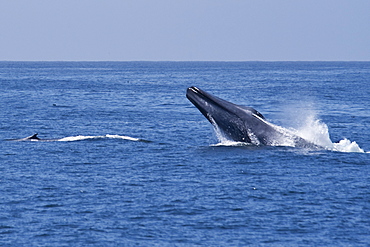
Blue Whale (Balaenoptera Musculus) breaching, extremely rare unusual image. Monterey, California, Pacific Ocean. MORE INFO: This Blue Whale was engaging in courting/fighting behaviour with another Blue Whale. Both animals were moving much faster than normal, chasing each other, & breaching repeatedly.
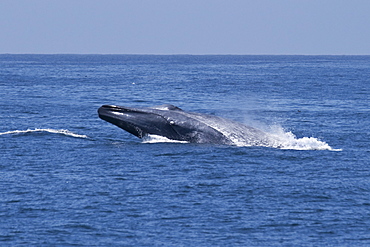
Blue Whale (Balaenoptera Musculus) breaching, extremely rare unusual image. Monterey, California, Pacific Ocean. MORE INFO: This Blue Whale was engaging in courting/fighting behaviour with another Blue Whale. Both animals were moving much faster than normal, chasing each other, & breaching repeatedly.
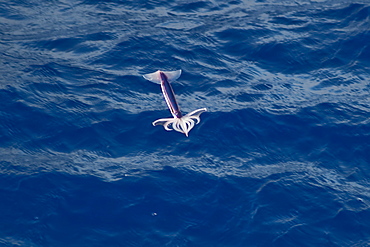
Flying Squid Species in mid-air (Ommastrephes bartramii). Extremely rare unusual image. South Atlantic Ocean. MORE INFO: Flying Squid use membranes between their tentacles (visible on pic) & two fins at the rear of the mantle to glide through the air in a similar way to flying fish. These unique adaptations allow them to avoid predation more easily. Ommastrephid squids are among the strongest swimmers in the Cephalopoda. A number of species are fished commercially. This particular species (Ommastrephes bartramii), is commonly known as "Neon Flying Squid" due to its colouration and its ability to glide over the ocean surface as seen in the photographs. Please note that this is a genuine image of a wild animal in its natural environment. It is not a digital manipulation.

Hourglass Dolphin (Lagenorhynchus cruciger) rare unusual image, adult Male porpoising. Drake Passage, Southern Ocean. MORE INFO: Males of this species can be identified by the huge hooked dorsal fin and post-anal keel, both of which are visible on this animal.
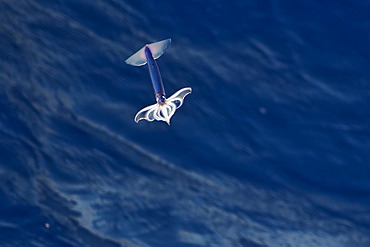
Flying Squid Species in mid-air (Ommastrephes bartramii). Extremely rare unusual image. South Atlantic Ocean. MORE INFO: Flying Squid use membranes between their tentacles (visible on pic) & two fins at the rear of the mantle to glide through the air in a similar way to flying fish. These unique adaptations allow them to avoid predation more easily. Ommastrephid squids are among the strongest swimmers in the Cephalopoda. A number of species are fished commercially. This particular species (Ommastrephes bartramii), is commonly known as "Neon Flying Squid" due to its colouration and its ability to glide over the ocean surface as seen in the photographs. Please note that this is a genuine image of a wild animal in its natural environment. It is not a digital manipulation.
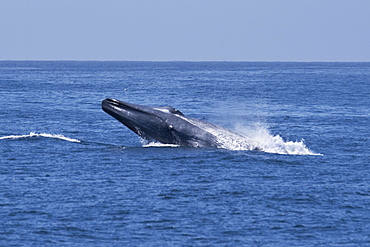
Blue Whale (Balaenoptera Musculus) breaching, extremely rare unusual image. Monterey, California, Pacific Ocean. MORE INFO: This Blue Whale was engaging in courting/fighting behaviour with another Blue Whale. Both animals were moving much faster than normal, chasing each other, & breaching repeatedly.
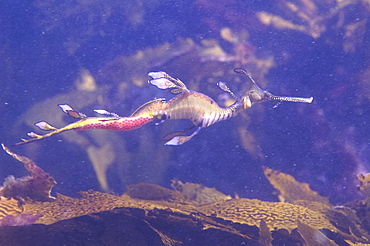
common seadragon (phyllopteryx taeniolatus) voracious hunters, camouflage looking like a piece of floating weed, unique to Australia, wild, dusk, shore diving, sand, marine park, metropolitan, Perth city, Indian Ocean, cool temperate waters of Western Australia. MORE INFO: amongst kelp, female seadragon deposits up to 150 eggs into the spongy, soft tissue under the tail of the male seadragon. Once fertilised, eggs incubate about 8 weeks. On hatching, miniature seadragons are independent and will start eating almost immediately.
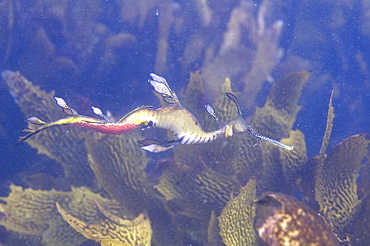
common seadragon (phyllopteryx taeniolatus) voracious hunters, camouflage looking like a piece of floating weed, unique to Australia, wild, dusk, shore diving, sand, marine park, metropolitan, Perth city, Indian Ocean, cool temperate waters of Western Australia. MORE INFO: amongst kelp, female seadragon deposits up to 150 eggs into the spongy, soft tissue under the tail of the male seadragon. Once fertilised, eggs incubate about 8 weeks. On hatching, miniature seadragons are independent and will start eating almost immediately.
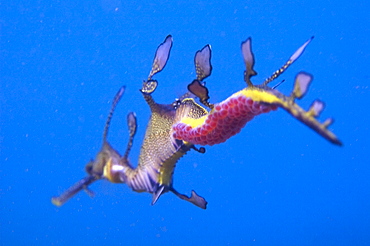
common seadragon (phyllopteryx taeniolatus) voracious hunters, camouflage looking like a piece of floating weed, unique to Australia, wild, dusk, shore diving, sand, marine park, metropolitan, Perth city, Indian Ocean, cool temperate waters of Western Australia. MORE INFO: blue water, female seadragon deposits up to 150 eggs into the spongy, soft tissue under the tail of the male seadragon. Once fertilised, eggs incubate about 8 weeks. On hatching, miniature seadragons are independent and will start eating almost immediately.

common seadragon (phyllopteryx taeniolatus) voracious hunters, camouflage looking like a piece of floating weed, unique to Australia, wild, dusk, shore diving, sand, marine park, metropolitan, Perth city, Indian Ocean, cool temperate waters of Western Australia. MORE INFO: amongst kelp, female seadragon deposits up to 150 eggs into the spongy, soft tissue under the tail of the male seadragon. Once fertilised, eggs incubate about 8 weeks. On hatching, miniature seadragons are independent and will start eating almost immediately.
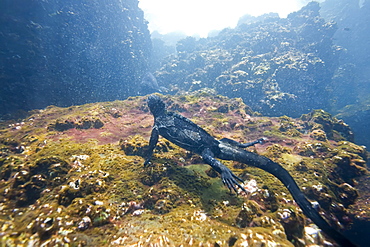
The endemic Galapagos marine iguana (Amblyrhynchus cristatus) feeding underwater in the Galapagos Island Archipelago, Ecuador
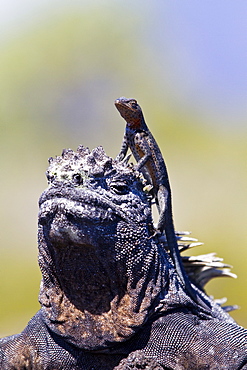
The endemic Galapagos marine iguana (Amblyrhynchus cristatus) with a lava lizard on top of its head in the Galapagos Island Archipelago, Ecuador
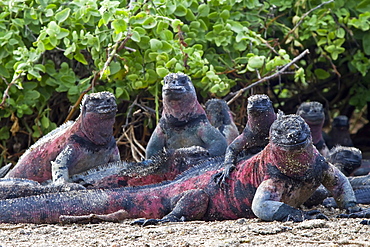
The endemic Galapagos marine iguana (Amblyrhynchus cristatus) on Espanola Island in the Galapagos Island Archipelago, Ecuador
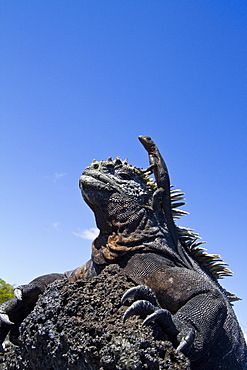
The endemic Galapagos marine iguana (Amblyrhynchus cristatus) with a lava lizard on top of its head in the Galapagos Island Archipelago, Ecuador
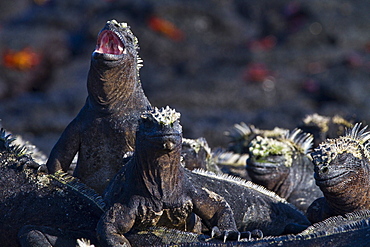
The endemic Galapagos marine iguana (Amblyrhynchus cristatus) in the Galapagos Island Archipelago, Ecuador
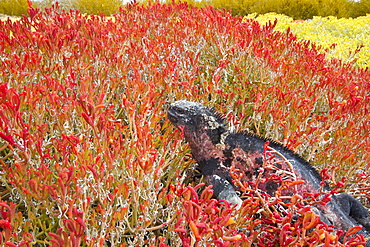
The endemic Galapagos marine iguana (Amblyrhynchus cristatus) on Espanola Island in the Galapagos Island Archipelago, Ecuador
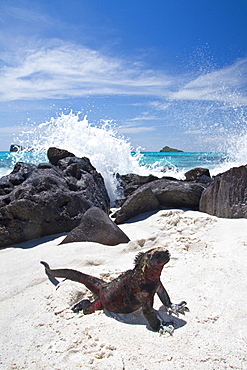
The endemic Galapagos marine iguana (Amblyrhynchus cristatus) in the Galapagos Island Archipelago, Ecuador

Tristan Albatross (Diomedea exulans dabbenena) Juvenile. Endangered. Rare unusual image. Off Gough Island, South Atlantic Ocean.
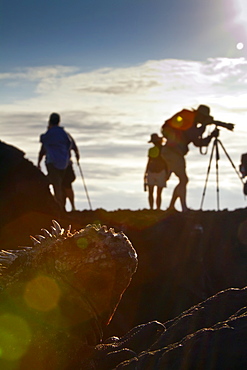
The endemic Galapagos marine iguana (Amblyrhynchus cristatus) in the Galapagos Island Archipelago, Ecuador
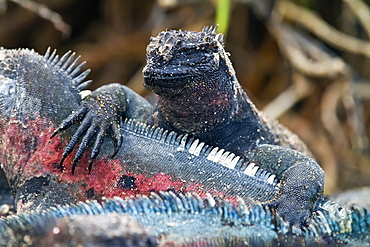
The endemic Galapagos marine iguana (Amblyrhynchus cristatus) on Espanola Island in the Galapagos Island Archipelago, Ecuador
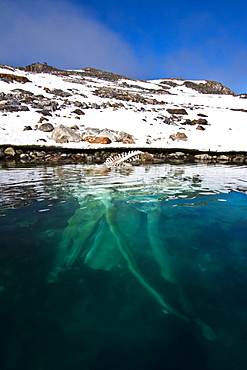
Adult fin whale (Balaenoptera physalus) carcass in Holmabukta off the northwest side of Spitsbergen in the Svalbard Archipelago, Norway
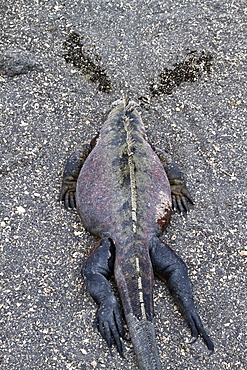
The endemic Galapagos marine iguana (Amblyrhynchus cristatus) in the Galapagos Island Archipelago, Ecuador

The endemic Galapagos marine iguana (Amblyrhynchus cristatus) in the Galapagos Island Archipelago, Ecuador
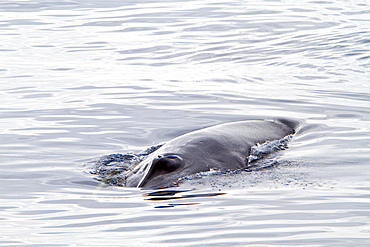
Adult fin whale (Balaenoptera physalus) sub-surface feeding in the rich waters off the continental shelf, Spitsbergen, Svalbard Archipelago, Norway
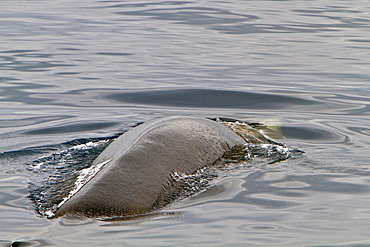
Adult fin whale (Balaenoptera physalus) sub-surface feeding in the rich waters off the continental shelf, Spitsbergen, Svalbard Archipelago, Norway

Adult fin whale (Balaenoptera physalus) carcass in Holmabukta off the northwest side of Spitsbergen in the Svalbard Archipelago, Norway

The endemic Galapagos marine iguana (Amblyrhynchus cristatus) in the Galapagos Island Archipelago, Ecuador
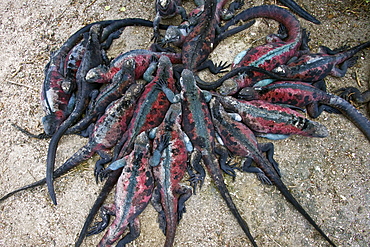
The endemic Galapagos marine iguana (Amblyrhynchus cristatus) on Espanola Island in the Galapagos Island Archipelago, Ecuador

The endemic Galapagos marine iguana (Amblyrhynchus cristatus) in the Galapagos Island Archipelago, Ecuador
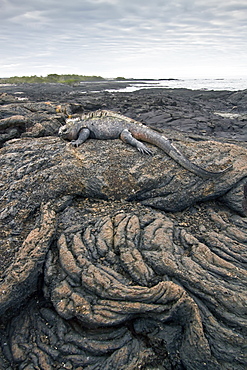
The endemic Galapagos marine iguana (Amblyrhynchus cristatus) in the Galapagos Island Archipelago, Ecuador

Adult fin whale (Balaenoptera physalus) sub-surface feeding in the rich waters off the continental shelf, Spitsbergen, Svalbard Archipelago, Norway

Adult fin whale (Balaenoptera physalus) sub-surface feeding in the rich waters off the continental shelf, Spitsbergen, Svalbard Archipelago, Norway

The endemic Galapagos marine iguana (Amblyrhynchus cristatus) in the Galapagos Island Archipelago, Ecuador
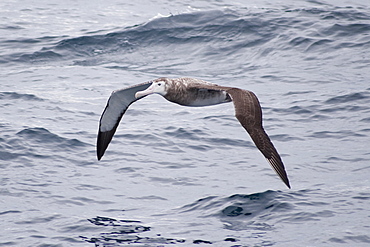
Tristan Albatross (Diomedea exulans dabbenena) Juvenile. Endangered. Rare unusual image. Off Gough Island, South Atlantic Ocean.

The endemic Galapagos marine iguana (Amblyrhynchus cristatus) in the Galapagos Island Archipelago, Ecuador
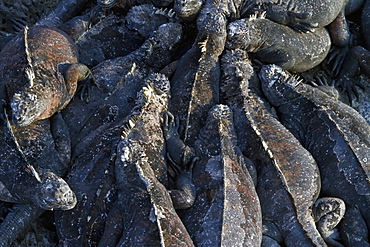
The endemic Galapagos marine iguana (Amblyrhynchus cristatus) in the Galapagos Island Archipelago, Ecuador
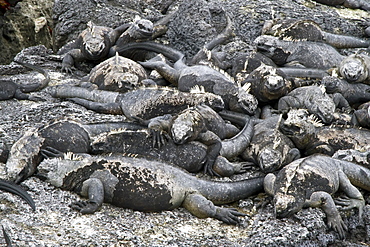
The endemic Galapagos marine iguana (Amblyrhynchus cristatus) in the Galapagos Island Archipelago, Ecuador

The endemic Galapagos marine iguana (Amblyrhynchus cristatus) in the Galapagos Island Archipelago, Ecuador
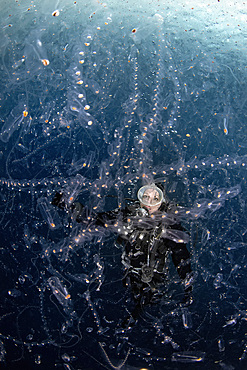
A diver watches in awe a dense soup of tunicates aggregated by very special sea conditions. This picture was taken during a special event occurred on April 2019 in the Strait of Messina, when special conditions of weather, sea currents and moon phases brought close to surface a lot of pelagic subjects, including a few usually living very deep.

A diver swims between a sperm whale (Physeter macrocephalus) and her cub in the waters of the Caribbean island of Dominica.
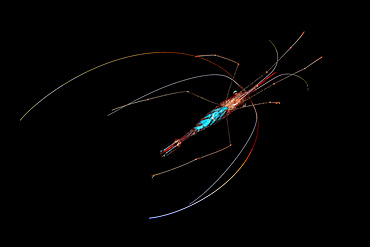
The graphic and essential shape of a Parapandal shrimp (Plesionika narval) in an unusual shot from above which also highlights the eggs, with their characteristic blue color.

A couple of butterfly blenny (Blennius ocellaris) peeps out from inside a fan mussel (Pinna nobilis), that they chose as the nest for hatching their eggs.
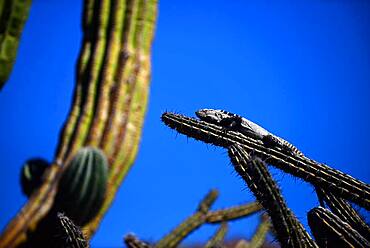
San Esteban Spiny-tailed Iguana (Ctenosaura conspicuosa), an endemic iguana found only on Isla San Esteban in the Gulf of California, Sea of Cortez, Mexico
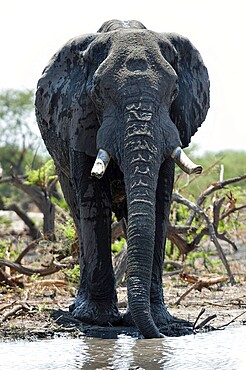
Elephant (Loxodonta africana), frontal, whole, waterhole, drinking, drinking, water, thirst, thirsty, safari, tourism, travel, Savuti region, Chobe National Park, Botswana, Africa
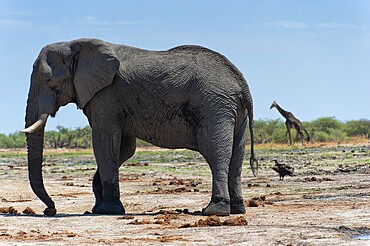
Elephant (Loxodonta africana), giraffe (Giraffa camelopardalis), steppe, aridity, drought, climate change, safari, tourism, travel, Savuti region, Chobe National Park, Botswana, Africa
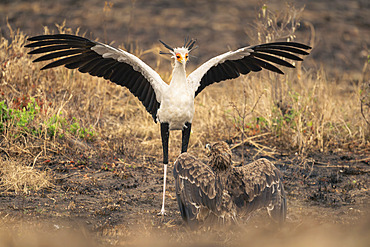
Secretary bird (Sagittarius serpentarius) spreads wings above tawny eagle (Aquila rapax) in Serengeti National Park, Tanzania
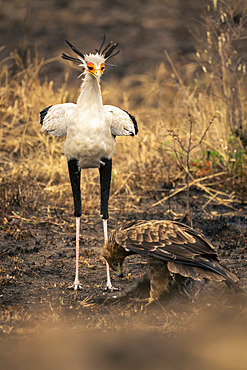
Secretary bird (Sagittarius serpentarius) and tawny eagle (Aquila rapax) with kill in Serengeti National Park, Tanzania

Eurasian spoonbill (Platalea leucorodia) wading in the water, Kiskunsagi National Park, Pusztaszer, Hungary

Glacier bear (Ursus americanus emmonsii) peering out from the tall grass, Tongass National Forest; Alaska, United States of America

Glacier bear (Ursus americanus emmonsii) peering out from the tall grass, Tongass National Forest; Alaska, United States of America
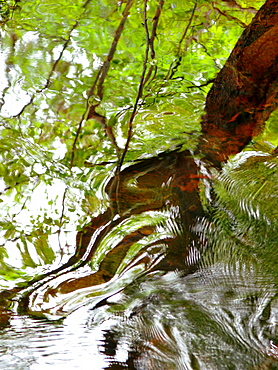
Water Abstract 23, Massachusetts, Seekonk, Caratunk Wildlife Refuge, Ripples and reflections on water surface.
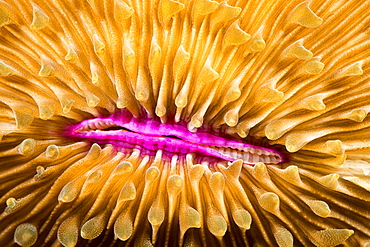
Mouth detail of a colourful and healthy Mushroom coral, Fungia fungites, that is growing on a tropical coral reef in the Philippines. Mushroom coral is unique in the coral world, in that it does not attach itself to the bottom, Philippines

California, Catalina Island, A female sheephead (Semicossyphus pulcher) pictured in front of a gorgonian fan in a forest of giant kelp (Macrocystis pyrifera).
